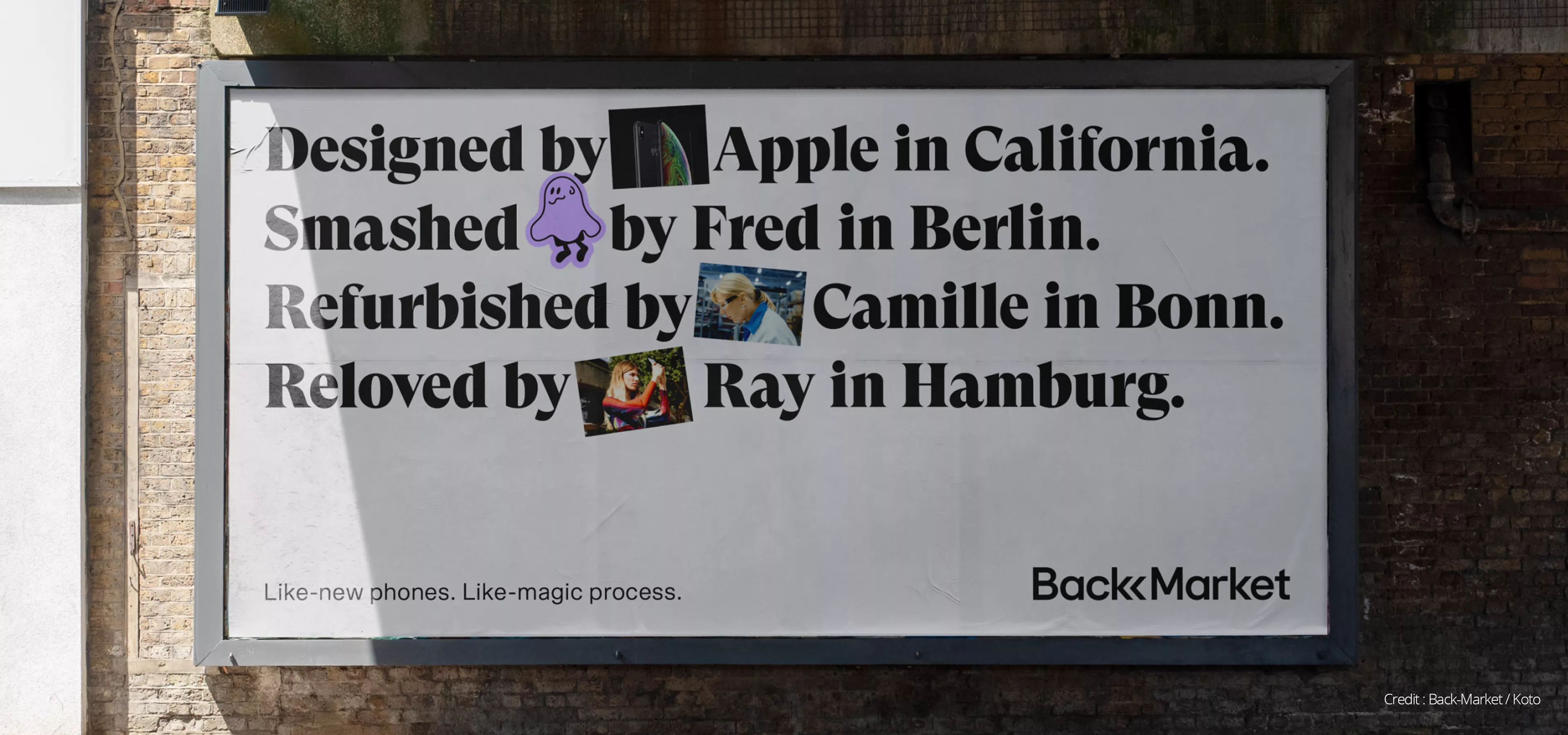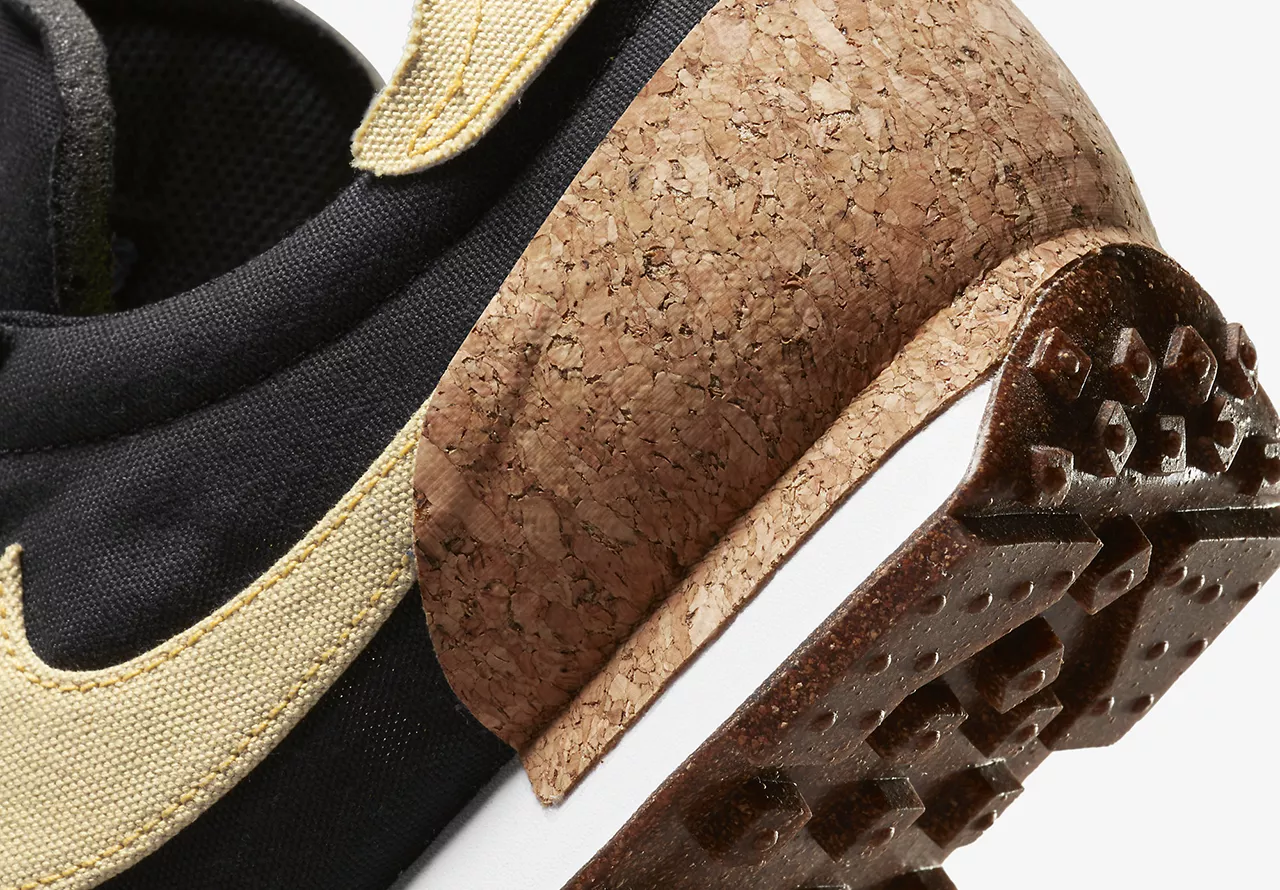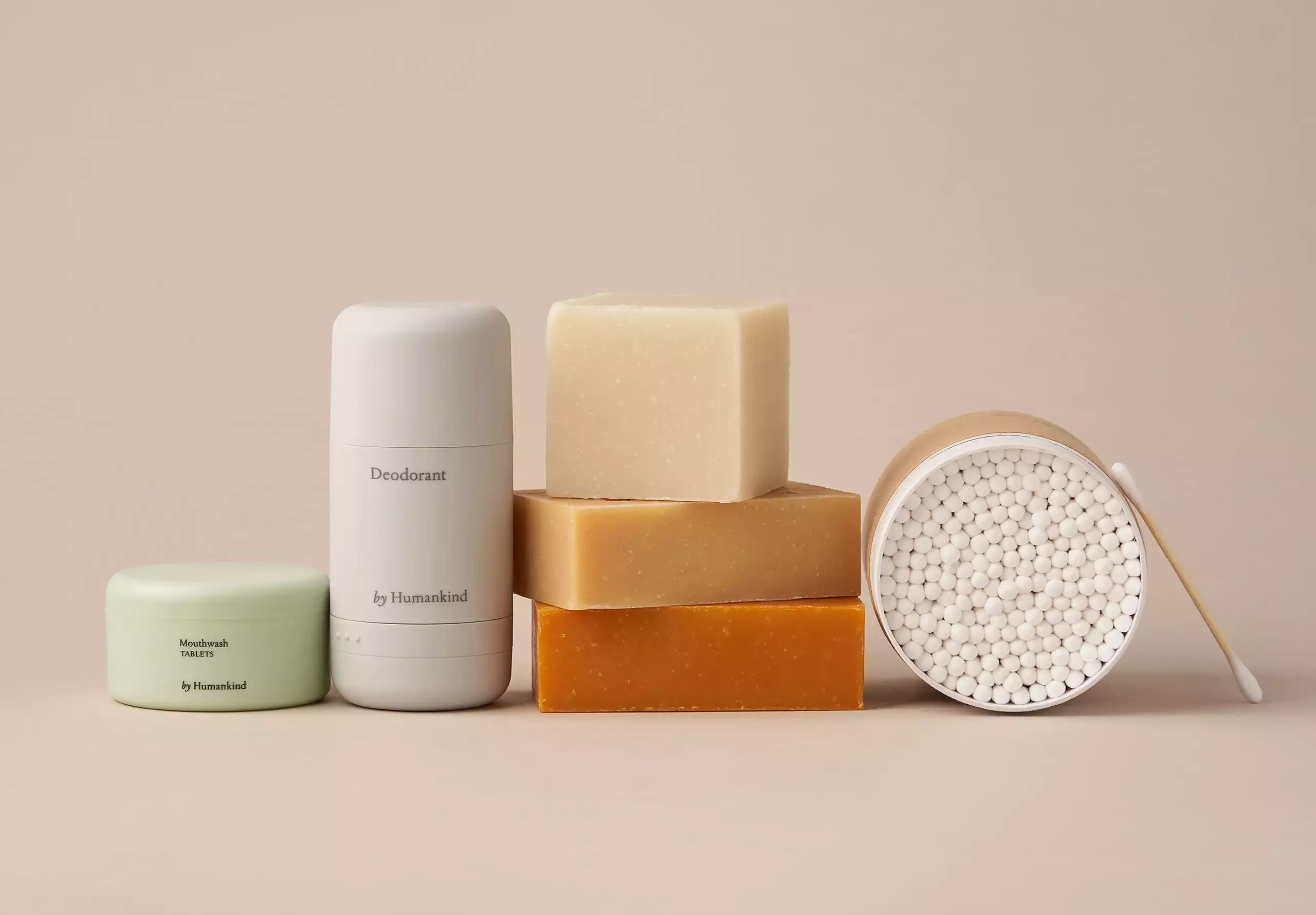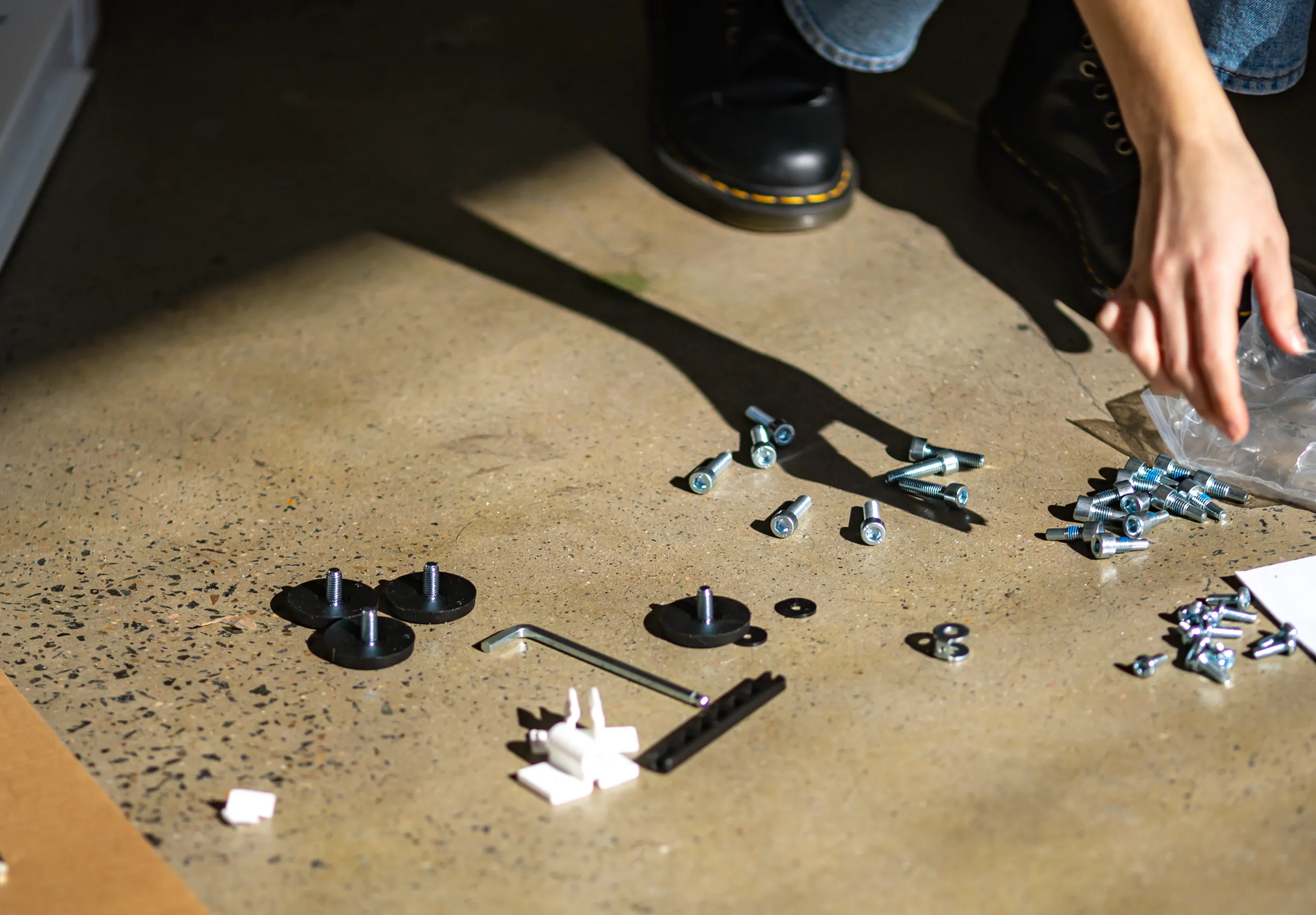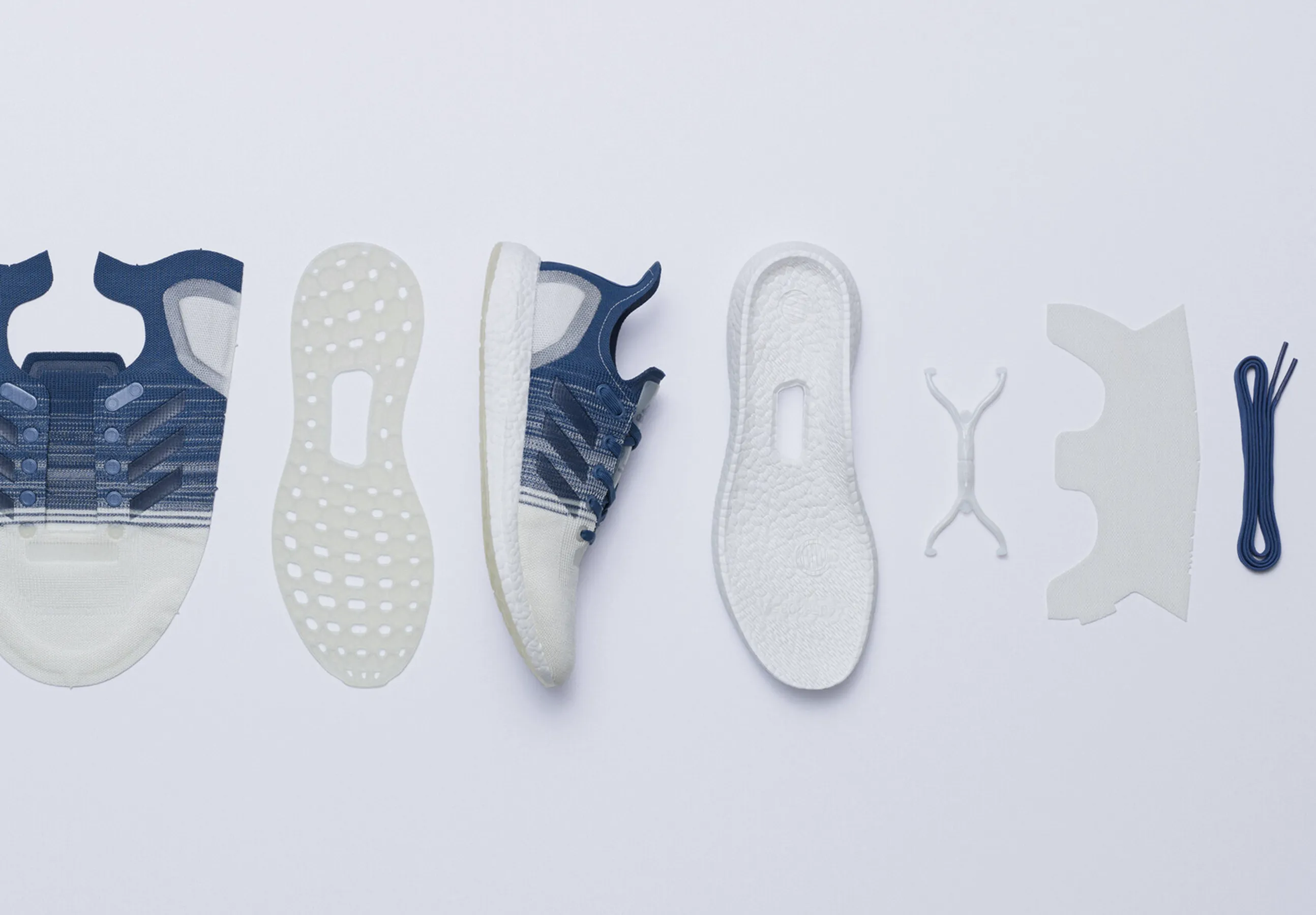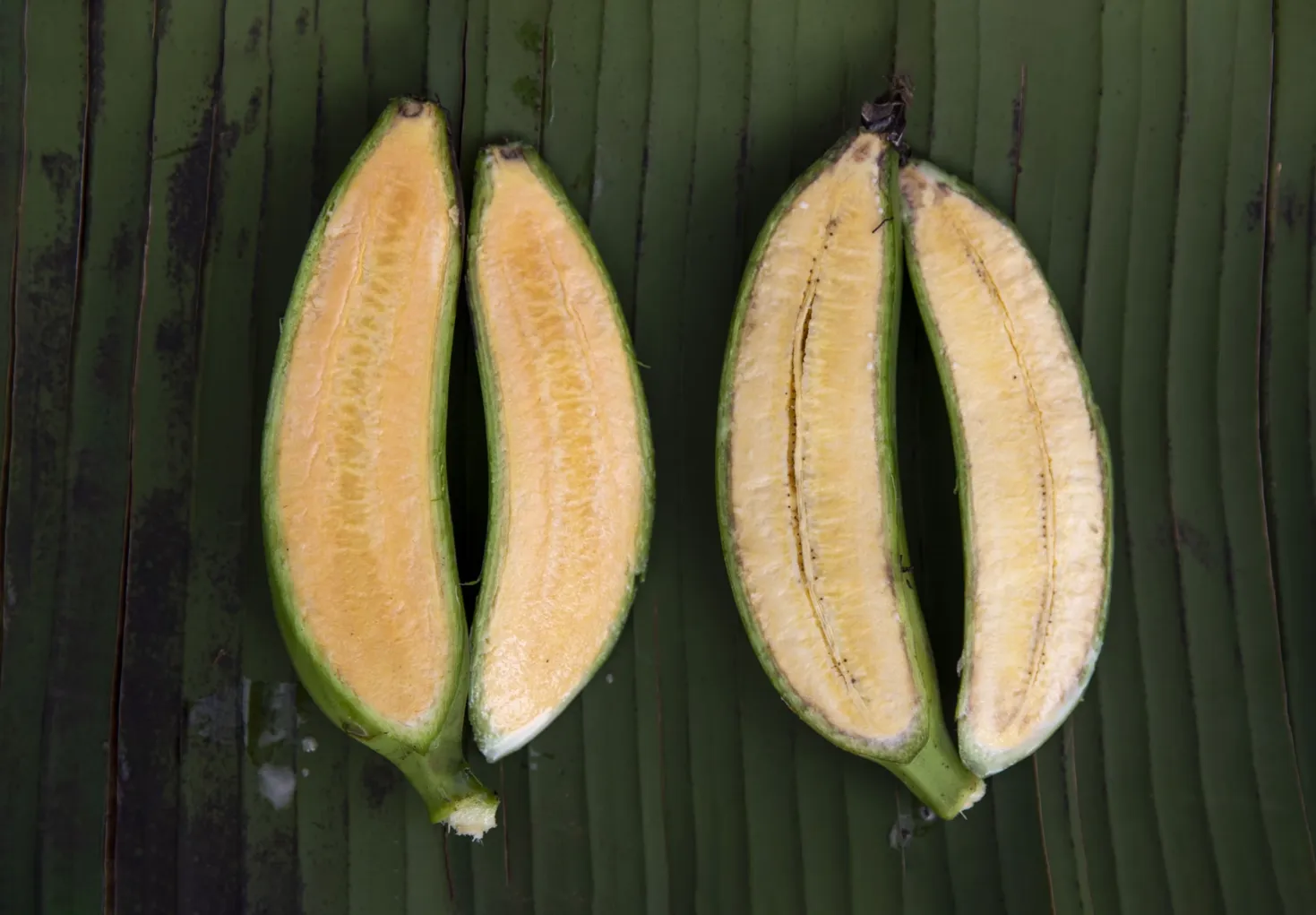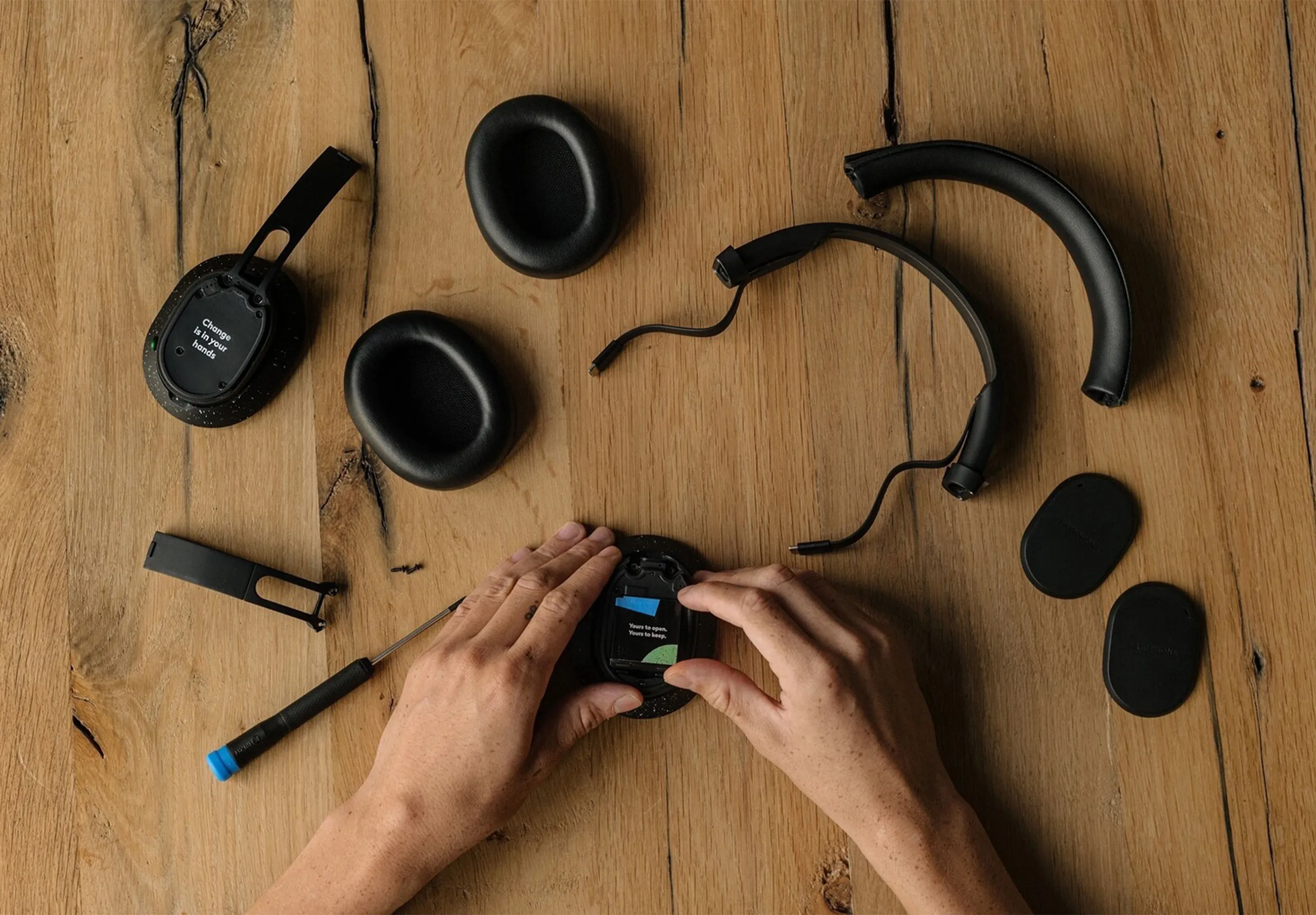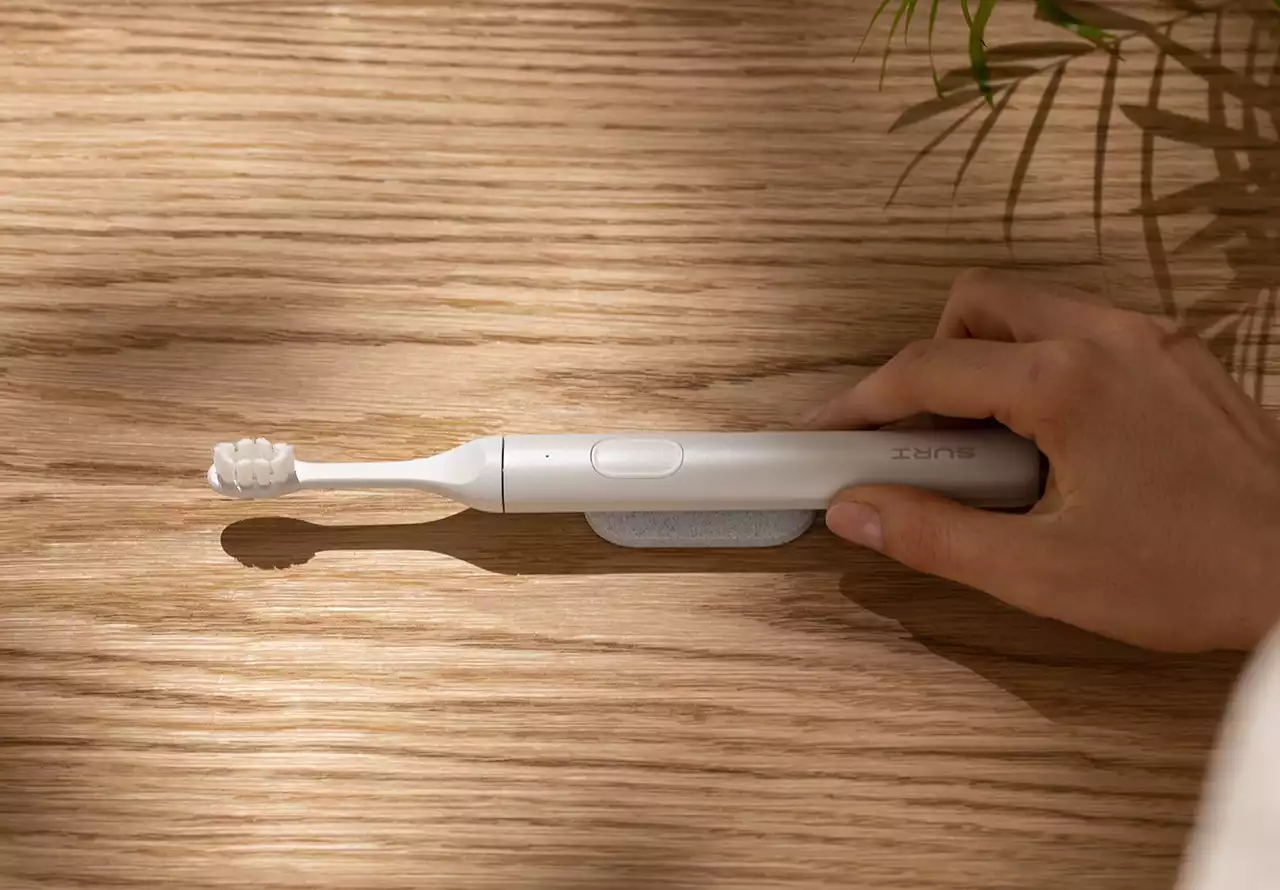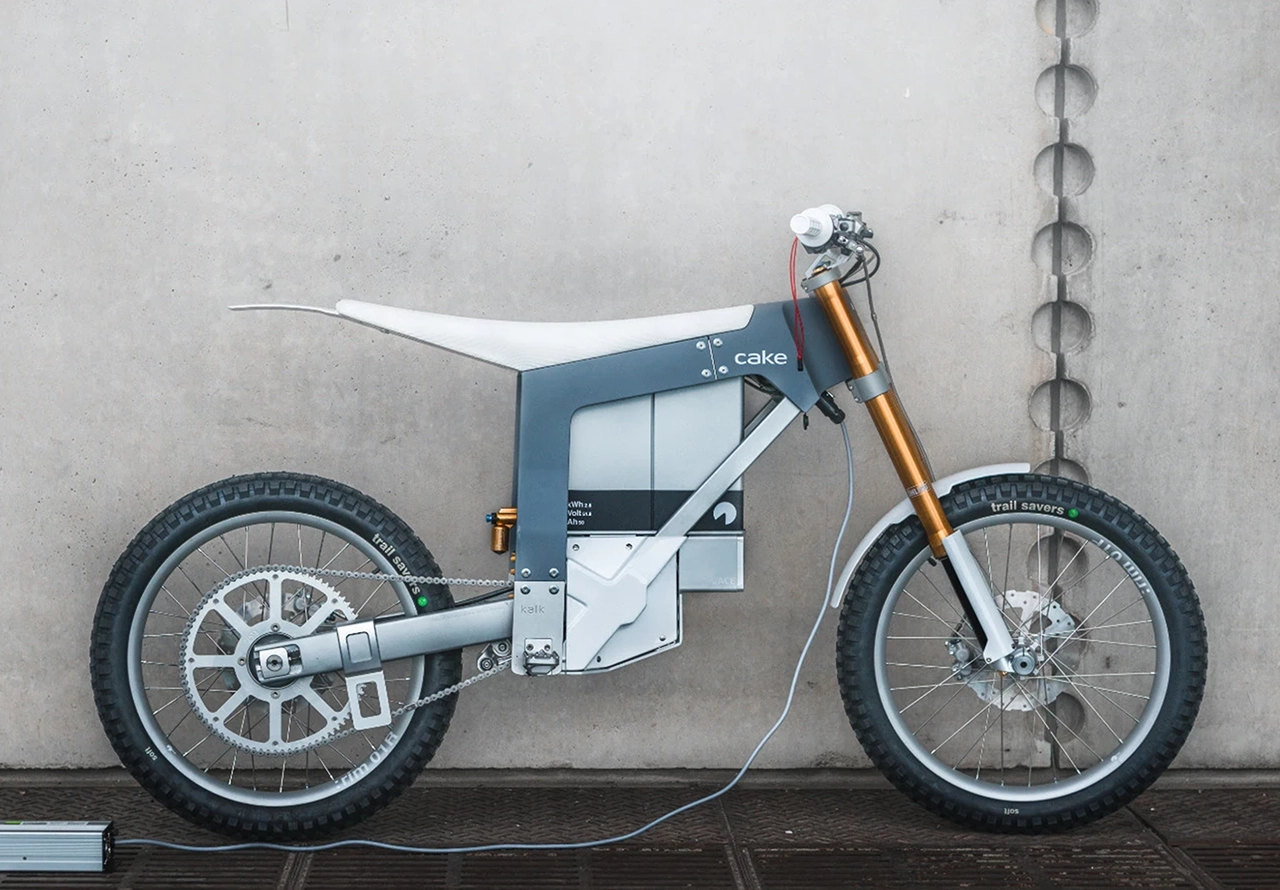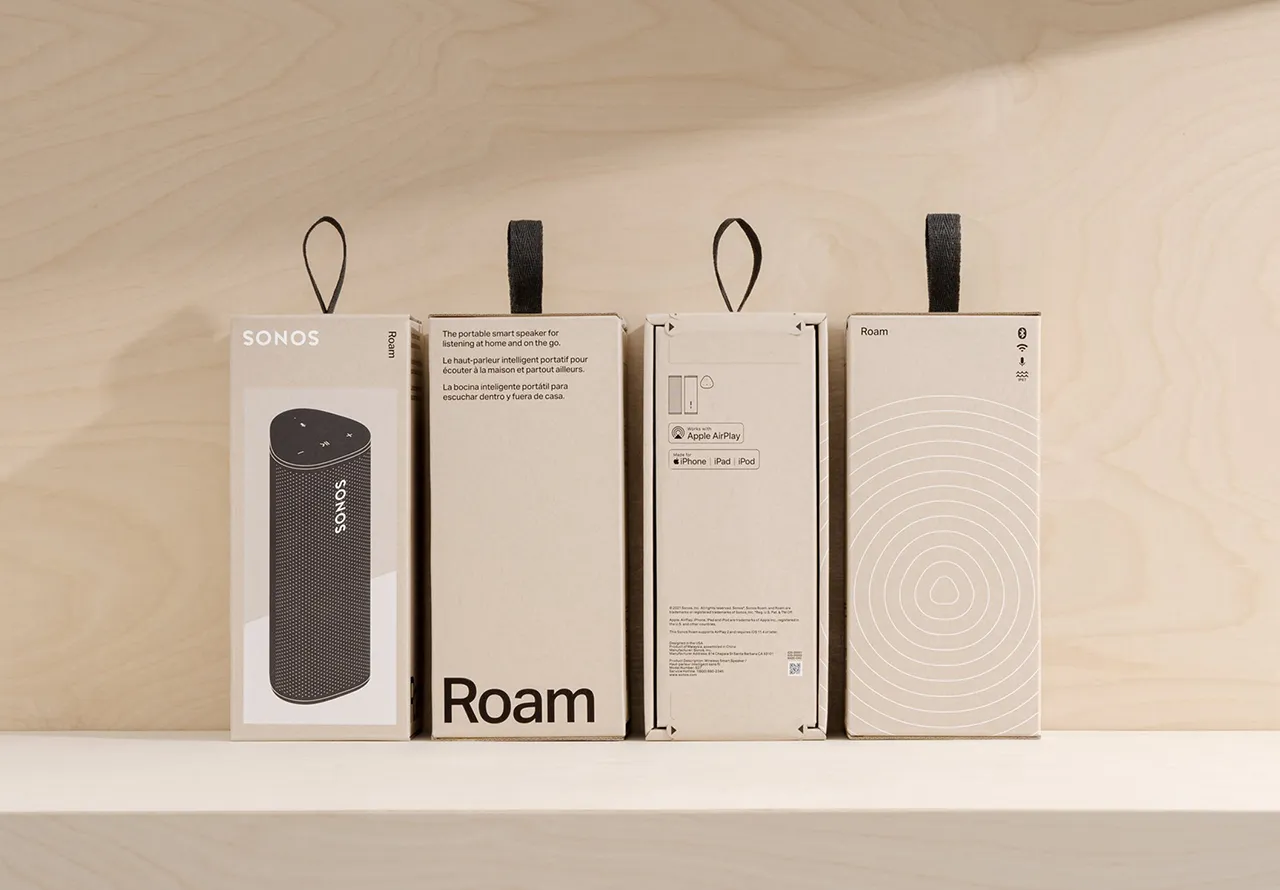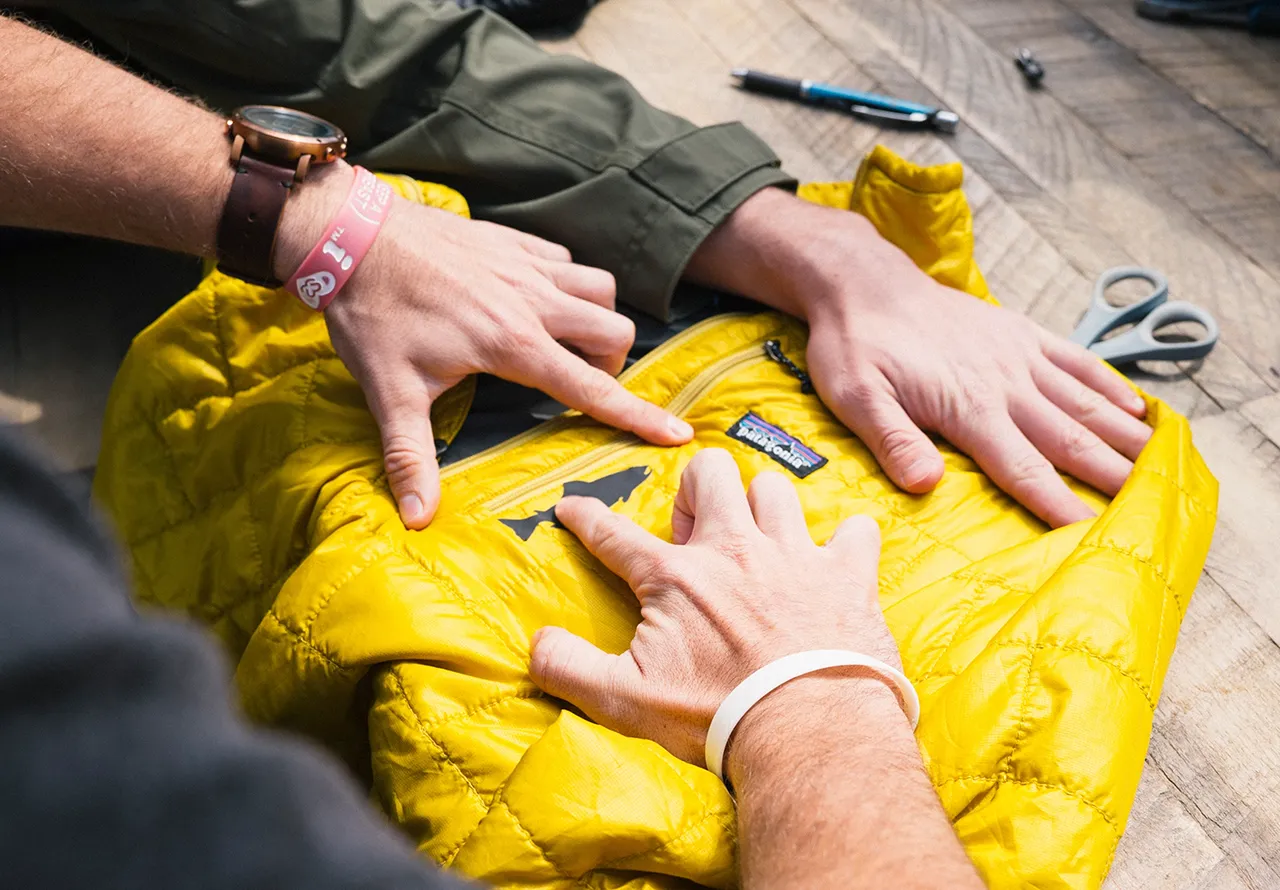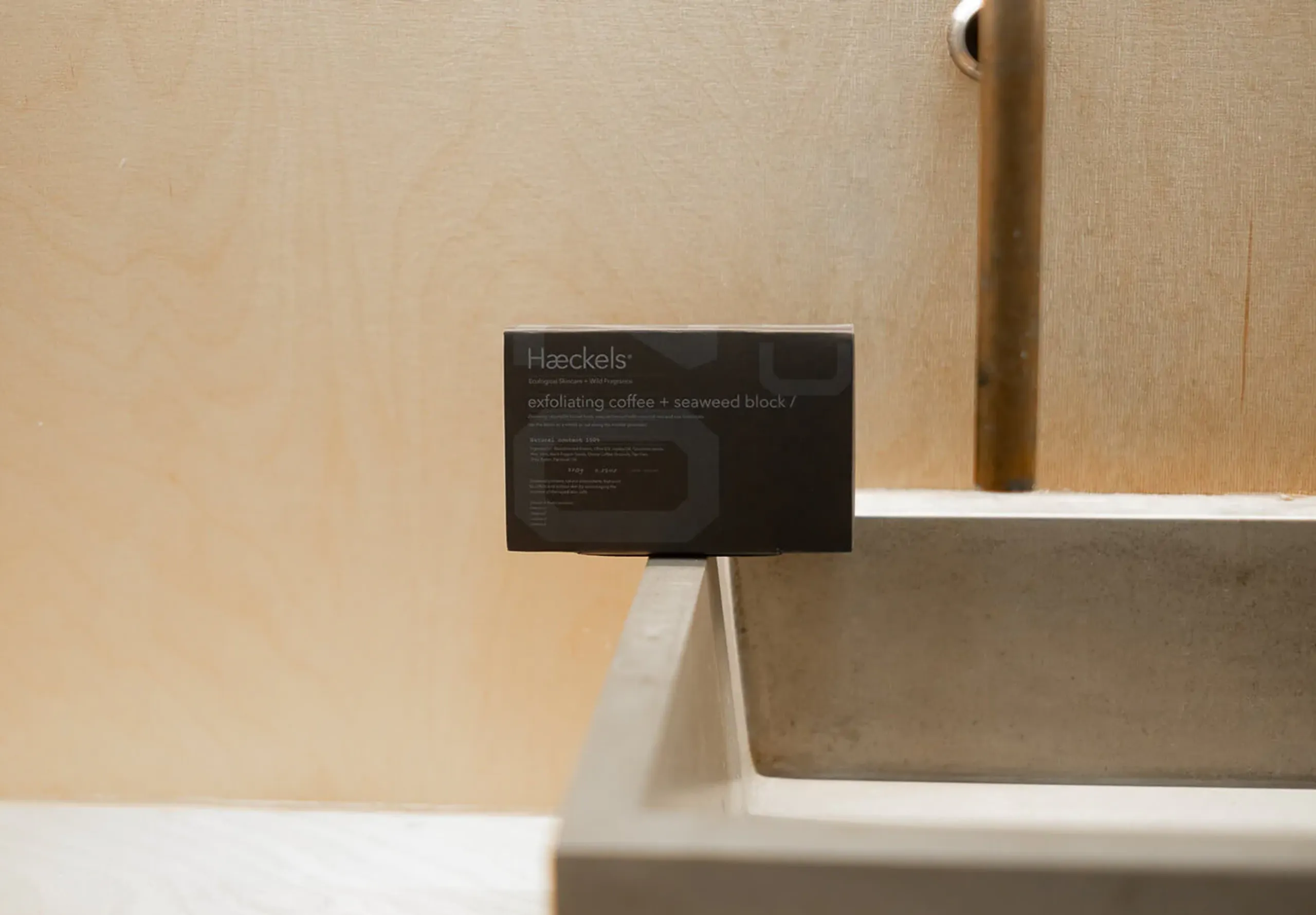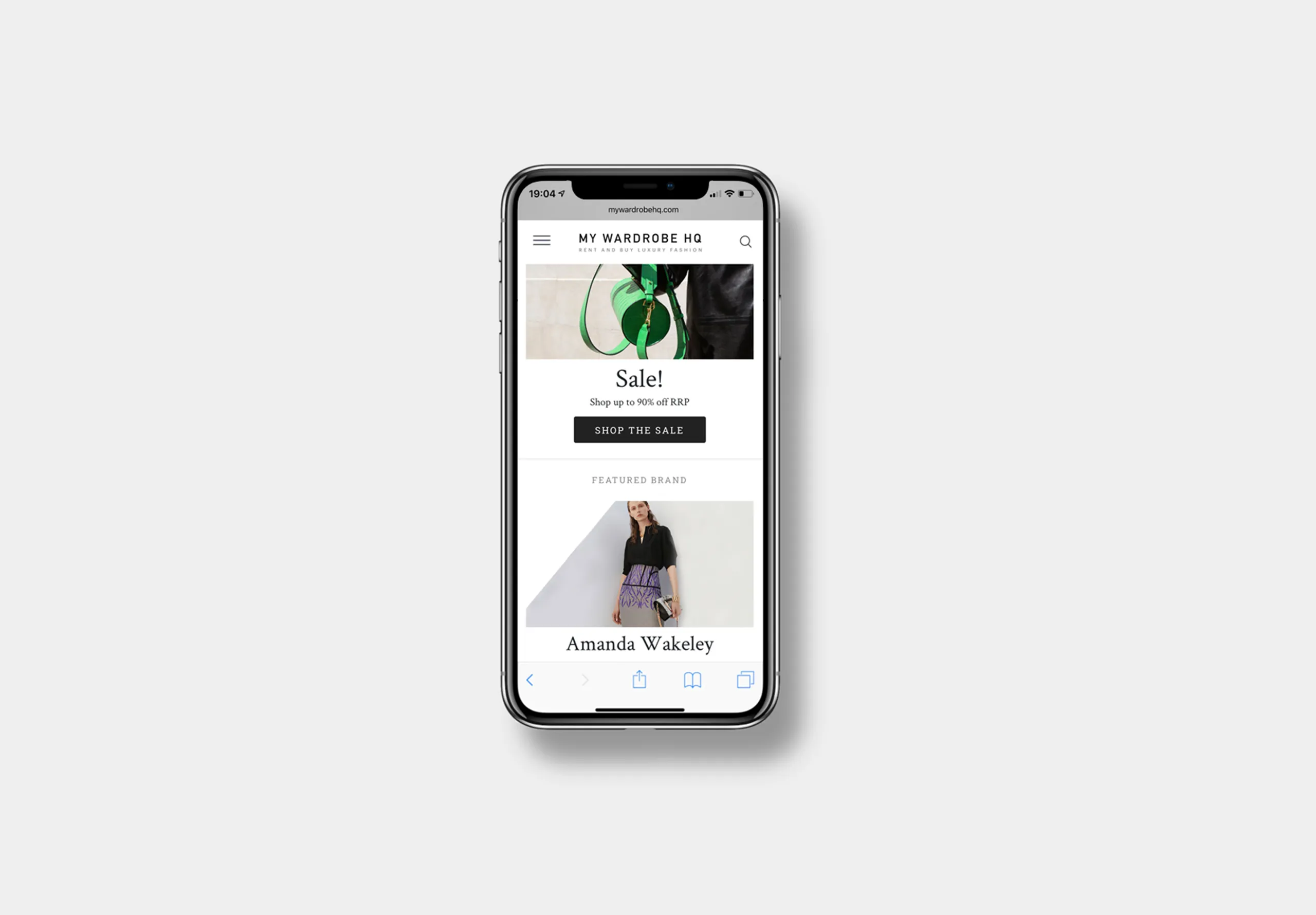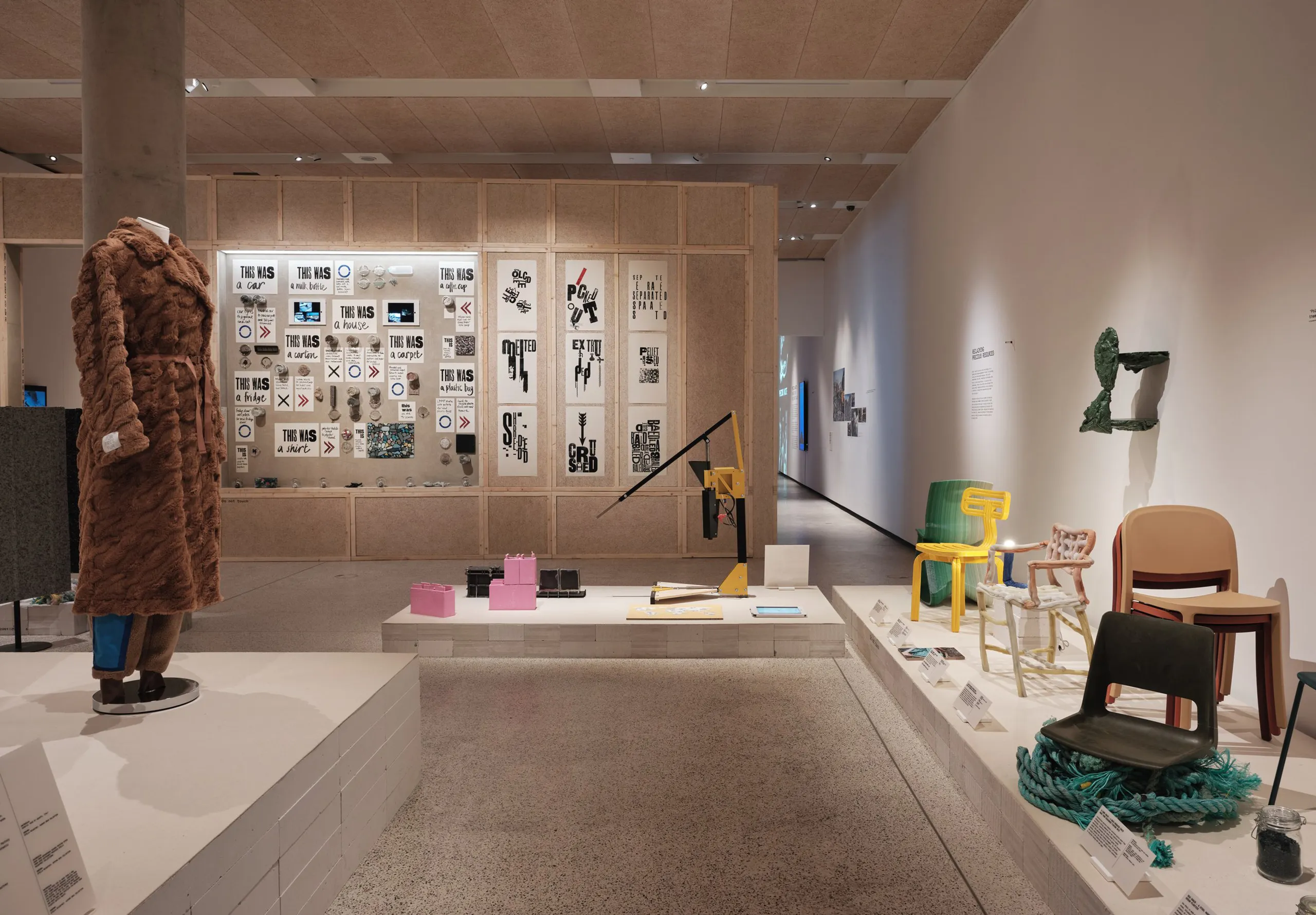Value + Adoption = Impact
Our recent brush with a 1.5-degree global temperature hike isn’t just a headline; it’s a wake-up call, urging us to focus more on our planet’s well-being. As always, purpose-driven brands like Patagonia and Fairphone are playing their part – but what about the rest of the industry giants?
In this piece, we unpack the potential of circular design in tackling the planet’s most pressing challenges and solidifying brands as the regenerative leaders of tomorrow.
Short on time? Use these links
What is circular design?
Imagine a scenario where business aspirations align perfectly with sustainability. A product so advanced, so desirable and so well optimised that it could be sold, loved, remade and even resold time and time again. It’s almost the perfect business.
This isn’t just wishful thinking—it’s the foundational idea behind the circular economy, a tangible shift that lies within our grasp.
In simple terms, circular design means creating products for the circular economy; products that aren’t just recyclable, but also designed for repeated use, repair, and transformation. This approach challenges brands to move beyond “doing less bad” to a regenerative model – one that considers the planet at the start of the design process.
Why circular has to be the ultimate end game
Recycling marked a significant milestone, and the design of products and services that encourage carbon-reduction behaviours has played a pivotal role in our journey towards sustainability.
But it isn’t enough. Now, the urgency of our situation demands a bold departure from the “throwaway” economy. If we are to meet our climate goals, we must make a swift and decisive move towards a more circular model. Indeed, brands that have already started exploring circular design are benefiting from greater recognition and endorsement.
The next critical step is a widespread shift in focus; now ‘demand switching’ and, in particular, design for circularity must become the ultimate optimisation for brands to aim for before 2030.
Why circularity makes sense for brands
Great design has always been a brand’s strongest asset, bringing higher levels of recognition, trust and loyalty. Adopting circular design will only strengthen this, giving your brand a clear edge that sets it apart as a change-maker at a time where pioneers are in high demand.
An acute understanding of your customers’ needs and an ability to address them through design remains the key driver to brand success. Today, those needs increasingly centre around the planet, and brands that strive to solve such problems stand to become the leaders of the new circular-economy.
What’s standing in the way?
Regenerative practices require bravery. They demand a new vision, new teams and a fresh strategy to boot. So which brands will create exemplary design-led experiences to become beacons for others to copy? Who will be bold enough to move first in highly competitive, fast moving consumer spaces and create value from longevity?
Shifting to circularity starts with a closer look at the product life cycle. Unearthing and exploiting opportunities for value-creation at each stage will be critical in offsetting potential profit dips until circular logistics go mass-market. Equally, brands must gain a deeper understanding of the intricacies of the circular model; they may need to forge partnerships to enable certain processes or develop their own circular business solutions. This is a huge undertaking.
The key steps to adopting circular design
3 points for design led brands looking to make strategic headway.
+ Accelerate your strategy by understanding the imperative and the experiences your consumers need to overcome a lifetime of learned behaviour.
+ Embrace partnerships with businesses that are already supporting circularity to avoid the headache of building your own circular supply chain.
+ Create new value opportunities that generate revenue to offset the pains associated with business change.
Forging the future
As the curtain draws on short-sighted profit pursuits, circular design takes centre stage, offering brands an opportunity to position themselves as the design-led, regenerative leaders of tomorrow.
This approach is more than just a nod to longevity and aesthetics – it’s a bold statement of responsibility, innovation and a commitment to our planet. Simply put, it’s the ultimate expression of your brand’s values. It challenges you to think holistically; to see beyond the immediate product and to envision a cohesive lifecycle.
In the end, embracing this design philosophy will do more than elevate your brand identity – it will pave the way to a more prosperous society.


